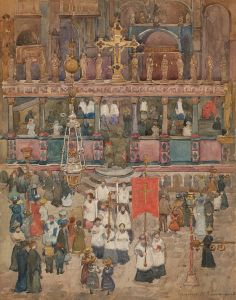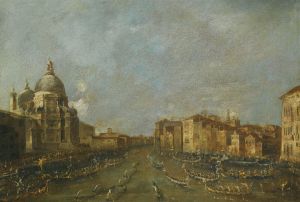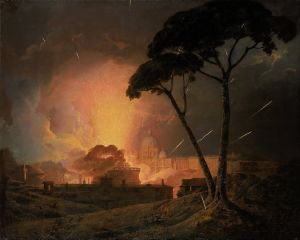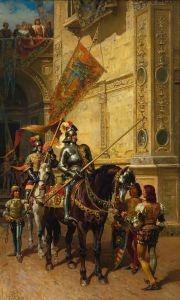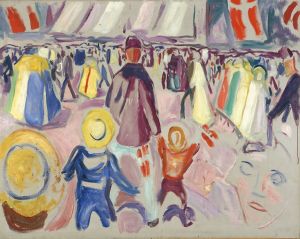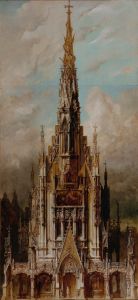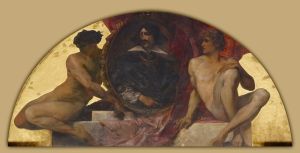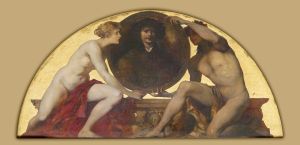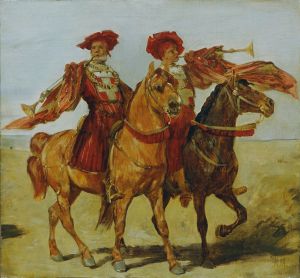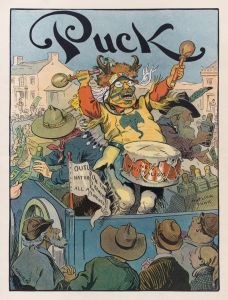
Entwurf zum Festzug 1879 – Die Genossenschaft der Großhändler
A hand-painted replica of Hans Makart’s masterpiece Entwurf zum Festzug 1879 – Die Genossenschaft der Großhändler, meticulously crafted by professional artists to capture the true essence of the original. Each piece is created with museum-quality canvas and rare mineral pigments, carefully painted by experienced artists with delicate brushstrokes and rich, layered colors to perfectly recreate the texture of the original artwork. Unlike machine-printed reproductions, this hand-painted version brings the painting to life, infused with the artist’s emotions and skill in every stroke. Whether for personal collection or home decoration, it instantly elevates the artistic atmosphere of any space.
Hans Makart's Entwurf zum Festzug 1879 – Die Genossenschaft der Großhändler (translated as Design for the Parade 1879 – The Cooperative of Wholesale Merchants) is a preparatory work created by the Austrian painter Hans Makart. This piece was part of a larger series of designs and artworks associated with the grand celebrations held in Vienna in 1879 to commemorate the silver wedding anniversary of Emperor Franz Joseph I and Empress Elisabeth of Austria.
Makart, a prominent figure in the Viennese art scene during the late 19th century, was renowned for his opulent and theatrical style, which often combined historical themes with a sense of grandeur and spectacle. For the 1879 festivities, Makart was commissioned to design a ceremonial parade, known as the Festzug, which showcased various allegorical and historical themes celebrating Austrian culture, history, and industry. The parade was a significant cultural event, reflecting the wealth and artistic ambitions of Vienna during the Austro-Hungarian Empire.
The artwork Entwurf zum Festzug 1879 – Die Genossenschaft der Großhändler specifically represents one of the groups or floats designed for the parade. The title suggests that it was dedicated to the cooperative of wholesale merchants, likely symbolizing their contributions to commerce and the economy of the empire. As a preparatory design, the piece would have served as a visual plan or concept for the actual parade float, illustrating the intended composition, figures, and decorative elements.
Makart's designs for the 1879 parade were celebrated for their elaborate and imaginative qualities, blending historical references with a sense of pageantry. His work on the Festzug solidified his reputation as a master of large-scale decorative art and a key figure in Vienna's cultural life during the period. The parade itself was a major public spectacle, attended by thousands and widely praised for its artistic and cultural significance.
The specific details of Entwurf zum Festzug 1879 – Die Genossenschaft der Großhändler, such as its medium, dimensions, and current location, are not widely documented. However, it is known that many of Makart's preparatory works for the parade were created as sketches or paintings, showcasing his meticulous attention to detail and his ability to translate grand ideas into visual form.
Makart's involvement in the 1879 celebrations exemplifies the close relationship between art and public life in 19th-century Vienna, where artists played a central role in shaping the cultural identity of the city. His contributions to the Festzug remain a testament to his artistic vision and his ability to capture the spirit of his time.





